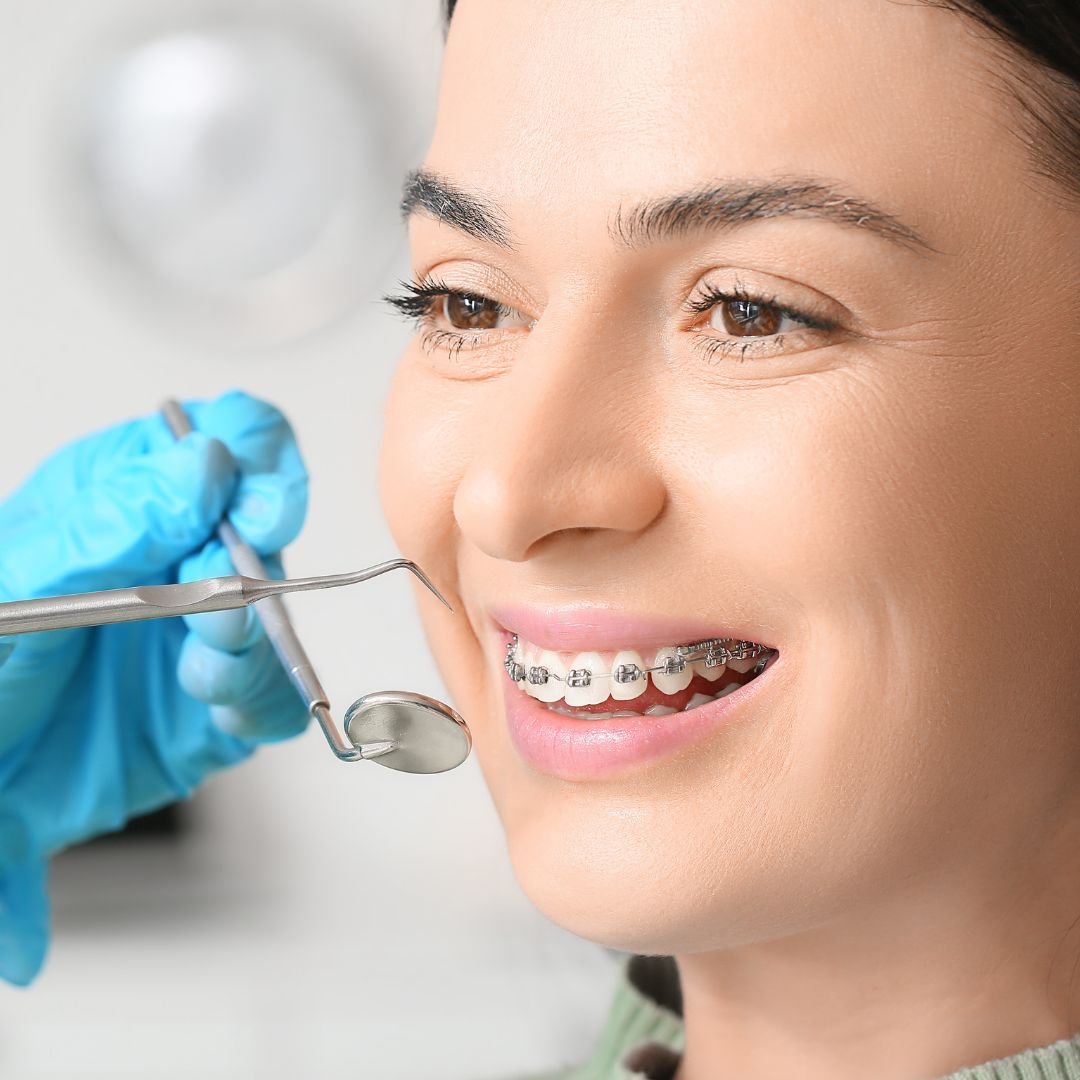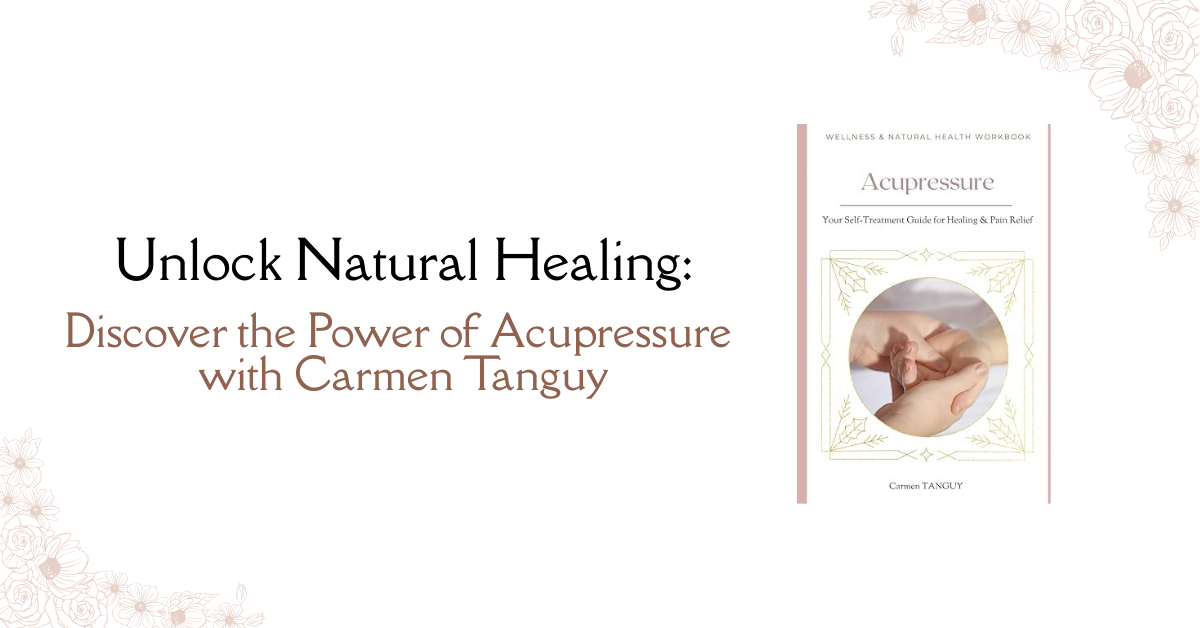Braces have long been the go-to solution for correcting misaligned teeth and bite issues. Over the years, orthodontic technology has evolved, giving rise to new and improved methods for straightening teeth. One of the most popular innovations in this space is self-ligating braces. But what exactly are they, and how do they compare to traditional braces?
Understanding Self-Ligating Braces
Self-ligating braces are a modern orthodontic treatment that works similarly to traditional braces but with a key difference in the way they hold the archwire in place. Instead of using elastic bands or metal ties (ligatures) to secure the wire, self-ligating braces use a built-in mechanism—usually a small sliding door or clip—within the bracket itself. This mechanism allows the wire to move more freely, making the overall system more efficient and often more comfortable for the patient.
There are two main types of self-ligating brackets: passive and active. Passive brackets allow for freer movement of the wire, which can reduce friction and facilitate easier movement of the teeth in the early stages. Active brackets, on the other hand, use a clip that presses against the wire to provide more control over tooth movement.
Traditional Braces: The Classic Option
Traditional braces, still commonly used today, consist of metal brackets bonded to the teeth and connected by an archwire. Each bracket holds the wire in place using small rubber bands or metal ties, which must be adjusted regularly during orthodontic appointments.
These adjustments tighten the wire and gradually shift the teeth into their desired position. While effective, traditional braces can involve more friction, more frequent visits, and may be less comfortable compared to self-ligating options.
Key Differences Between Self-Ligating and Traditional Braces
1. Mechanism of Action
The most significant difference lies in how the archwire is secured. Self-ligating braces use a built-in clip system, while traditional braces rely on external ligatures (rubber bands or wires).
2. Fewer Adjustments
Self-ligating braces typically require fewer adjustments. The archwire can move more freely within the bracket, meaning teeth shift more naturally and with less force. This can result in fewer orthodontic visits over the course of treatment.
3. Improved Comfort
Because they apply less pressure and involve less friction, self-ligating braces are often reported to be more comfortable than traditional braces. The absence of elastic ties also reduces irritation and the build-up of plaque.
4. Faster Treatment Time
In some cases, treatment with self-ligating braces may be faster, although this depends on the complexity of the individual case. The efficient movement of teeth can lead to quicker overall results.
5. Appearance
Some self-ligating braces come in ceramic or clear versions, offering a more discreet look similar to Invisalign. This can be appealing to adults or teenagers looking for a less noticeable treatment option.
Cost Comparison: How Much Are Braces?
A common concern for many people considering orthodontic treatment is cost. So, how much are braces, and how does the price differ between traditional and self-ligating options?
In Australia, the cost of braces can vary based on several factors, including the complexity of the treatment, the type of braces chosen, and the orthodontist’s location and experience. On average:
- Traditional metal braces can cost between $6,000 and $9,000.
- Self-ligating braces typically range from $6,500 to $10,000, slightly higher due to the advanced technology and potential for reduced treatment time.
So, when asking how much does braces cost, it’s important to consider not just the upfront price, but also the long-term benefits such as fewer appointments, less discomfort, and potentially faster results.
Many orthodontic clinics in Australia offer flexible payment plans or interest-free financing, making it easier to manage the cost over time.
Are Self-Ligating Braces Right for You?
Choosing between self-ligating and traditional braces comes down to personal preference, lifestyle needs, and the specifics of your orthodontic case. If comfort, fewer appointments, and potentially faster treatment are important to you, self-ligating braces may be a worthwhile investment. However, both types of braces are effective at straightening teeth and improving bite function when managed by a qualified orthodontist.
It’s essential to have a consultation with an orthodontic professional to assess your individual needs and determine the best treatment plan for you.
Summary
Self-ligating braces represent a significant advancement in orthodontic treatment, offering improved comfort, potentially faster results, and fewer visits to the orthodontist. While they may come at a slightly higher price point than traditional braces, the benefits can make them an appealing choice for many patients.
When considering how much are braces or how much does braces cost, remember to factor in the total value—convenience, comfort, treatment duration, and overall results—not just the initial price tag. With proper consultation and care, you can find a braces solution that fits your budget and delivers a confident, healthy smile.














Leave a Reply